In the article, I will show you how to install Windows OS on Oracle’s VirtualBox. This post applies to Windows 11, Windows 10, Windows 8.1 as well as Windows Server operating systems.
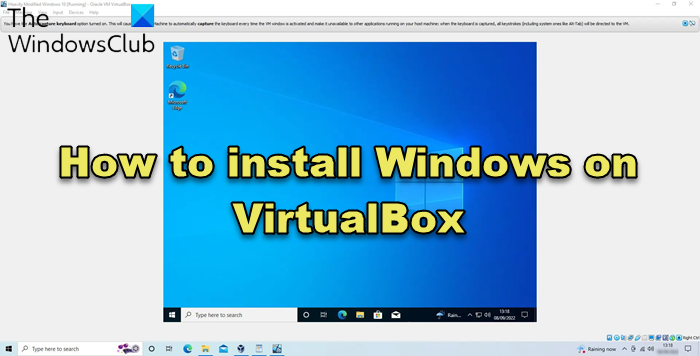
A few things you need to know before you start:
- Your hardware should be compatible with Virtualization
- You need to have a 64-bit processor
- you need to enable Virtualization in your BIOS. Refer your motherboard manual for more information.
- You need at least 20GB of free space on your hard drive before proceeding.
Install Windows OS on VirtualBox
Step 1: Download the Windows OS edition which you want to install, and VirtualBox (Windows Host). Next, install VirtualBox on your computer and open the application.
Step 2: Click on “New” from the Toolbar, and you will see the Virtual machine creation wizard. Click Next.
Step 3: Enter a name for your VM then select the OS type. For Windows 32-bit, select “Windows” and for Windows 64-bit edition select Windows (64-bit) from the drop down menu.
Step 4: Adjust the Memory (RAM) you want to allocate for your VM.
Step 5: Now we need to create the Virtual Hard drive. Leave the default option as shown in the below screenshot and click Next.
Step 6: Select the type of Virtual hard drive you want to create. I have selected VHD (Virtual hard drive).
Step 7: Next, select the storage allocation for the VHD as “Dynamically Allocate”.
Step 8: In the next step you can allocate the size of your VHD. The recommended size is 20GB.
Step 9: Finally you will see the summary of the configuration. Click Create to proceed.
Step 10: Now you can see your Virtual Machine configuration in the Virtual Box Manager. Select your VM and click on Start from the toolbar.
Step 11: You’ll see an Information message. Click OK to proceed.
Step 12: You’ll see the “First Run Wizard”. Click Next.
Step 13: Now you have to select the installation media. If you have Windows burned to a disk, select the drive or click the browse button and select the ISO image. If not, from Devices > CD/DVD Devices > Choose the downloaded ISO file.
Step 14: Next, click on Start. It will take you to the Windows setup screen.
That’s it; you will have successfully created Virtual Image for Windows.
I also have put together a video tutorial.
If you have any questions, please do let us know.
Go here if you want to learn how to Remotely Control a Windows Virtual Machine.
This link may also interest you:
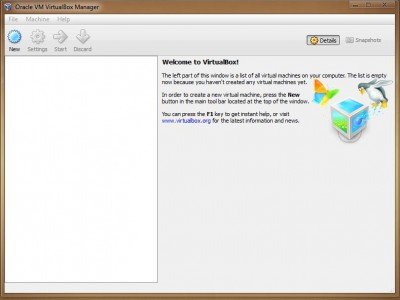
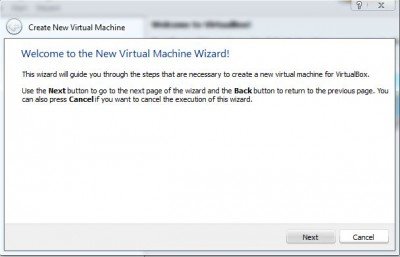
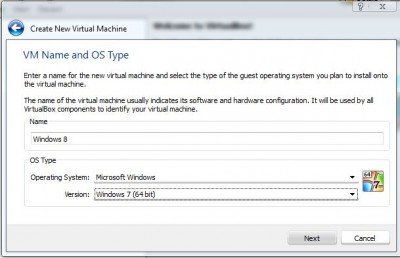
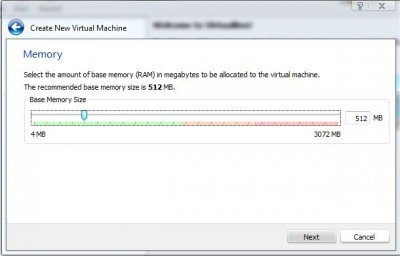
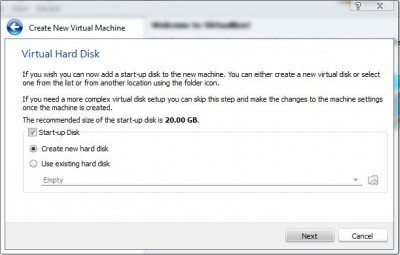
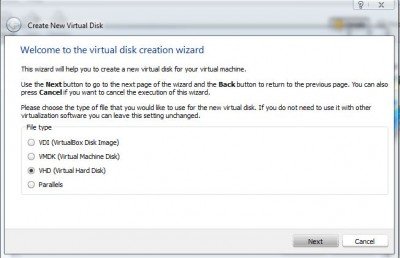
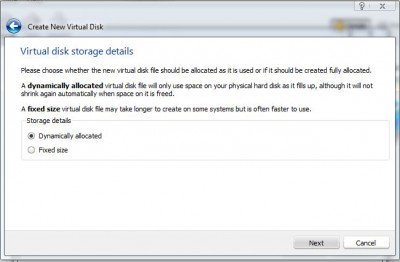
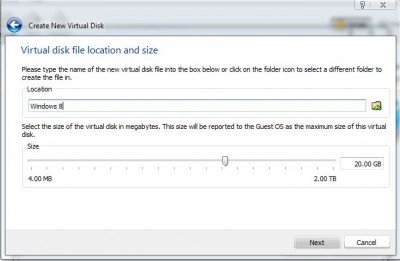
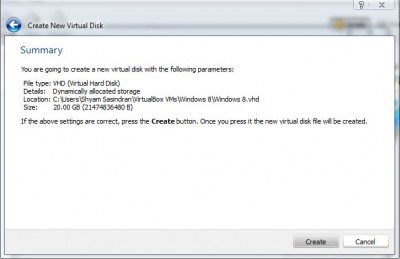
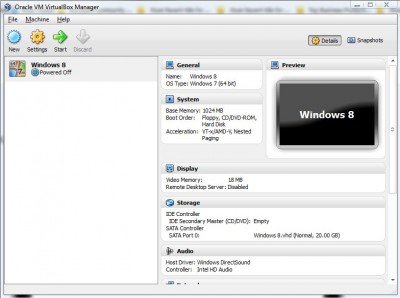
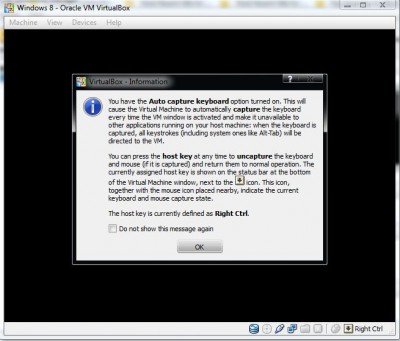
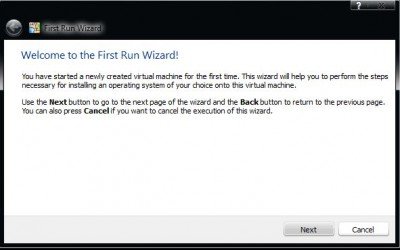
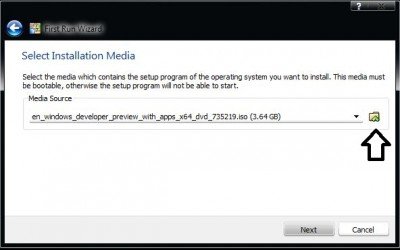
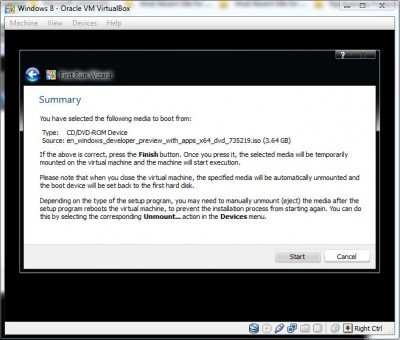
Shyam
You must be a mind reader. I will be installing Win 8 using Virtual Box later this week and you have just confirmed that this is easily carried out. Also you previous post about using USB key to do the installation was very appropriate as well. I have previously installed Vista onto VB using this method and this was a good bit quicker than doing so by DVD.
ErnieK
Thanks Erniek!
I did it! Thanks to your tutorial!
It’s very easy with a good tutorial like this =)
I know it’s helpful, but not exactly ground breaking. There’s no recommendations around hard disk or RAM for example, it’s all the obvious steps, probably recorded with psr.exe. Perhaps theres scope to go beyond the obvious?
i did this but the windows install on c:users i want to be on the usb
Is this disk bootable?